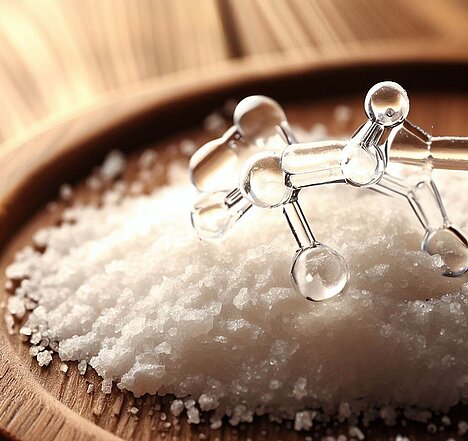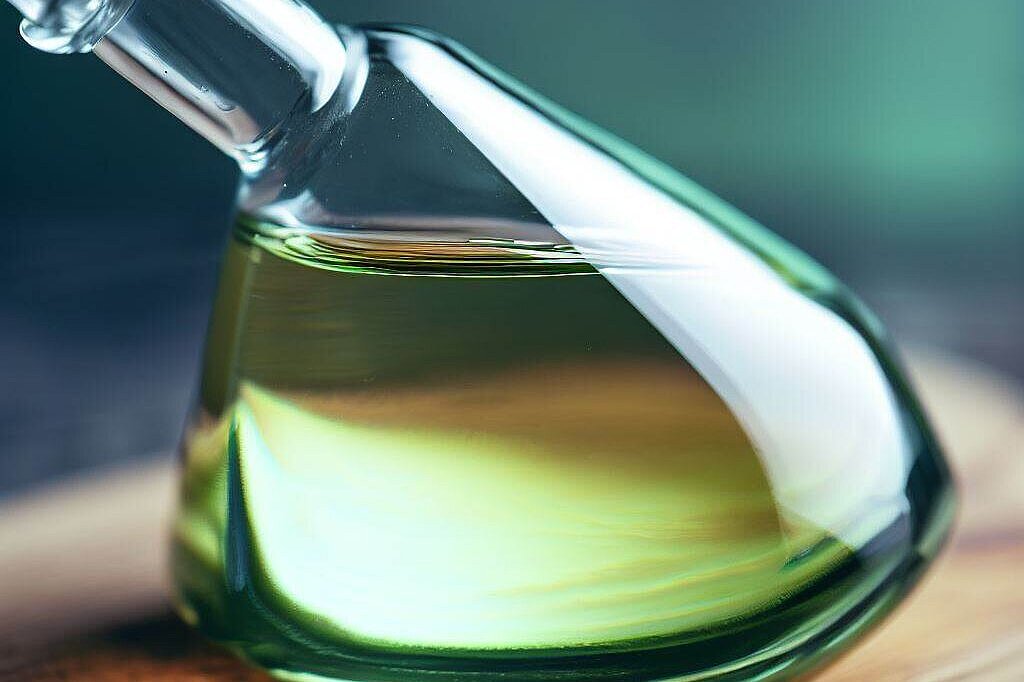Eicosapentaenoic acid

What is eicosapentaenoic acid?
Eicosapentaenoic acid is an essential fatty acid, which means that it cannot be produced by the body itself and must therefore be obtained from food. EPA is a building block for various hormones and inflammatory substances in the body. It has an anti-inflammatory effect and can therefore prevent or alleviate various diseases.
EPA is particularly important for the health of the cardiovascular system. It can lower blood pressure, regulate blood clotting and reduce the risk of heart attack or stroke. EPA can also improve brain function by increasing blood flow and oxygen supply to the brain. This can have a positive effect on learning, memory and behavior.
EPA is also good for your dog's joints. It can reduce the pain and stiffness of osteoarthritis by inhibiting inflammation in the joints. EPA can also support cartilage formation and thus slow down joint wear and tear.
How much eicosapentaenoic acid does your dog need?
The optimal amount of EPA for your dog depends on various factors, such as his age, weight, health status and diet. There is no general recommendation for EPA intake in dogs. However, you can use the following rule of thumb as a guide: A healthy dog should get about 20 mg of EPA per kilogram of body weight per day. A sick dog or a dog with chronic conditions may need up to 40 mg EPA per kilogram of body weight per day.
How can you give your dog eicosapentaenoic acid?
The easiest way to give your dog EPA is through his food. You can regularly feed him fatty fish such as salmon, mackerel or herring or give him a high-quality fish oil supplement. Make sure that the fish oil is fresh and does not contain any harmful substances such as mercury or PCBs. You can also use special dog foods that are high in omega-3 fatty acids.
If you give your dog EPA as a dietary supplement, you should always follow the manufacturer's dosage recommendation and ask your vet for advice. Too much EPA can also have side effects.
What side effects can eicosapentaenoic acid have?
Eicosapentaenoic acid is generally well tolerated by dogs and has few side effects. However, an overdose of EPA can lead to gastrointestinal complaints such as diarrhea or vomiting. In addition, too high an intake of EPA can impair blood clotting and increase the risk of bleeding. This can be particularly problematic if your dog is taking medication that also inhibits blood clotting, such as aspirin or warfarin.
Eicosapentaenoic acid (EPA) is an essential fatty acid that the body cannot produce itself and must be obtained from food. EPA has anti-inflammatory properties and is important for the health of the cardiovascular system, brain function and joints in dogs. The recommended daily dose depends on various factors, but can be around 20 mg EPA per kilogram of body weight for a healthy dog. EPA can be obtained by feeding fatty fish, fish oil or special dog foods. An overdose of EPA can cause gastrointestinal complaints and blood clotting problems.
If you notice any signs of hypersensitivity or poisoning in your dog, you should see your vet immediately. We are not a substitute for a vet, but we try to be as accurate as possible. Every dog reacts differently and we recommend you get a second opinion or consult your vet if in doubt.
Stay healthy and take good care of your four-legged friend!😊
Similar to Eicosapentaenoic acid
DHA is a polyunsaturated fatty acid that belongs to the group of omega-3 fatty acids. Omega-3 fatty acids are essential for dogs, i.e. they cannot be produced by the body itself and must be ingested...
ALA is a triple unsaturated fatty acid that belongs to the omega-3 fatty acids. It is the precursor for the formation of eicosapentaenoic acid (EPA) and docosahexaenoic acid (DHA), which are also...
GLA is a fatty acid that is formed from the essential omega-6 fatty acid linoleic acid. Linoleic acid must be taken in with food as the body cannot produce it itself. The body can then synthesize...
Arachidonic acid is a quadruply unsaturated fatty acid, i.e. it has four double bonds between the carbon atoms. It belongs to the omega-6 fatty acids, which are essential fatty acids. This means...



